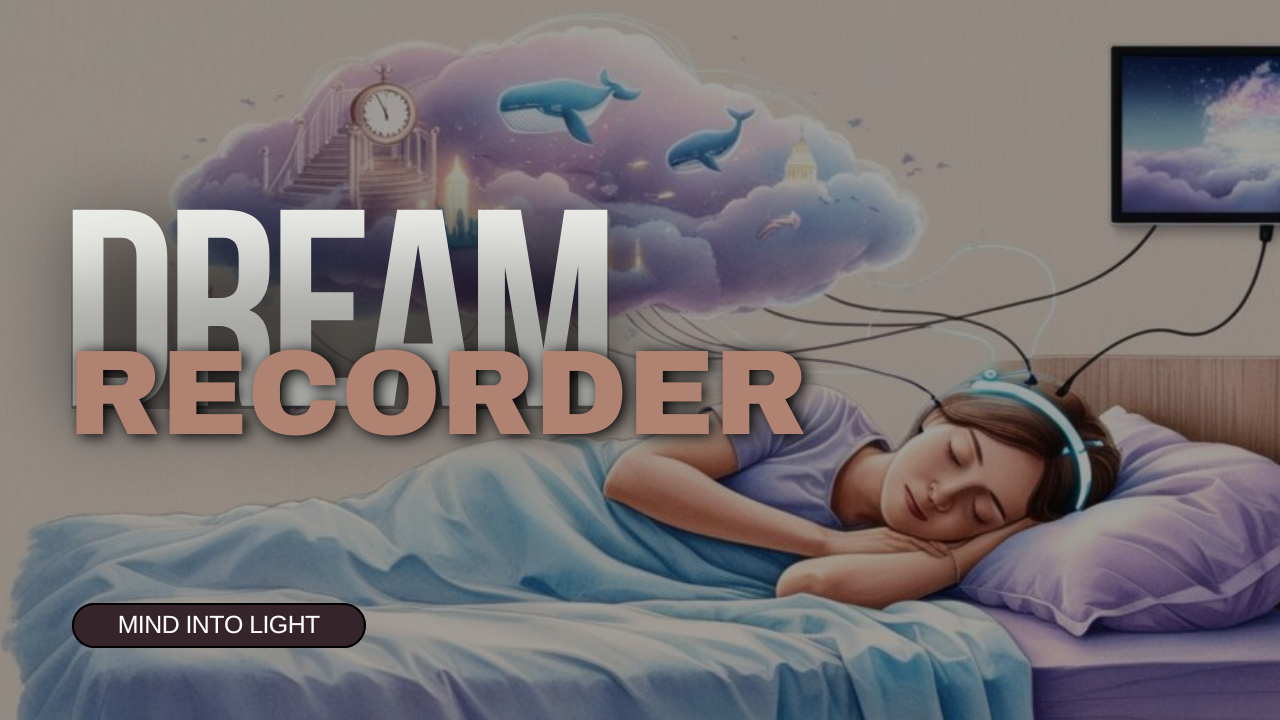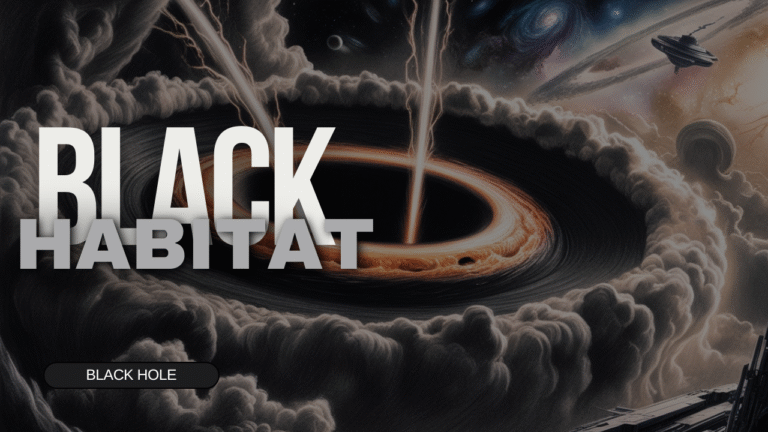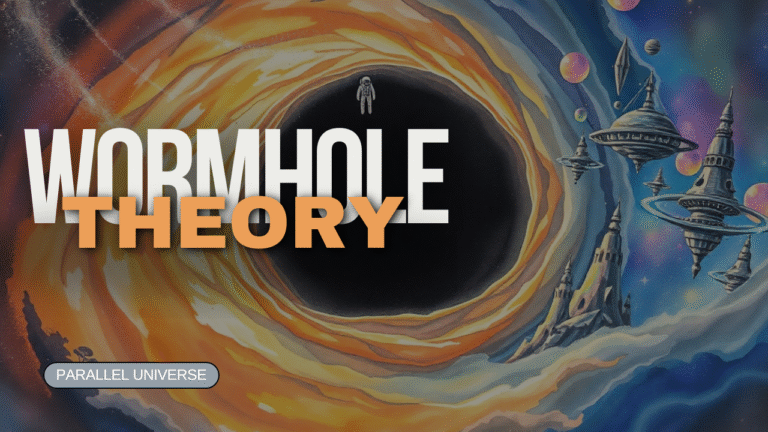What If Dreams Could Be Recorded and Played Back?
What If Dreams Could Be Recorded and Played Back?
Introduction
You wake up from a dream—heart pounding, mind spinning. It felt so real. But within minutes, it’s gone. Forgotten. Lost like smoke in the wind.
Now imagine this: what if you could hit “rewind”? Watch your dream on a screen like a movie? Share it. Study it. Even relive it.
Sounds futuristic, right? But scientists are already working on technology that can decode neural patterns and reconstruct visual information from the brain. In 2025, we’re closer than ever to turning dreams into digital files.
So let’s ask: what if dreams could be recorded and played back?
Is Dream Recording Actually Possible?
Believe it or not, researchers have already taken the first steps. Neuroscientists in Japan and the U.S. have used fMRI scans and AI to reconstruct images people were seeing in real time. This was done while they were awake—but dreaming uses similar brain regions.
The idea is simple but powerful:
- Monitor brain activity while someone sleeps
- Use machine learning to match patterns with known visual data
- Reconstruct dream visuals from the recorded brainwaves
Right now, we’re only able to capture blurry, vague approximations. But the tech is improving. And with brain-computer interfaces like Neuralink developing rapidly, dreams might soon become downloadable content.
Our Thoughts
At EdgyThoughts, we think dream recording is one of the coolest (and creepiest) ideas out there. It’s not just about watching what your brain creates—it’s about unlocking parts of your subconscious you never knew existed.
What if you could replay childhood memories your brain buried? Or understand your deepest fears by watching them unfold in your sleep?
The dream world is where logic breaks, reality bends, and the impossible feels real. Being able to see that world with waking eyes? That’s a game-changer.
Pros and Cons of Recording Dreams
| Pros | Cons |
|---|---|
| Understand your subconscious mind better | Massive invasion of privacy risks |
| Can help diagnose trauma, mental health issues, or PTSD | Dream content could be used without consent |
| Artists, writers, and creators could gain endless inspiration | Not all dreams are meant to be remembered |
| Could lead to dream therapy or training lucid dreaming | Data storage and ethical concerns are huge |
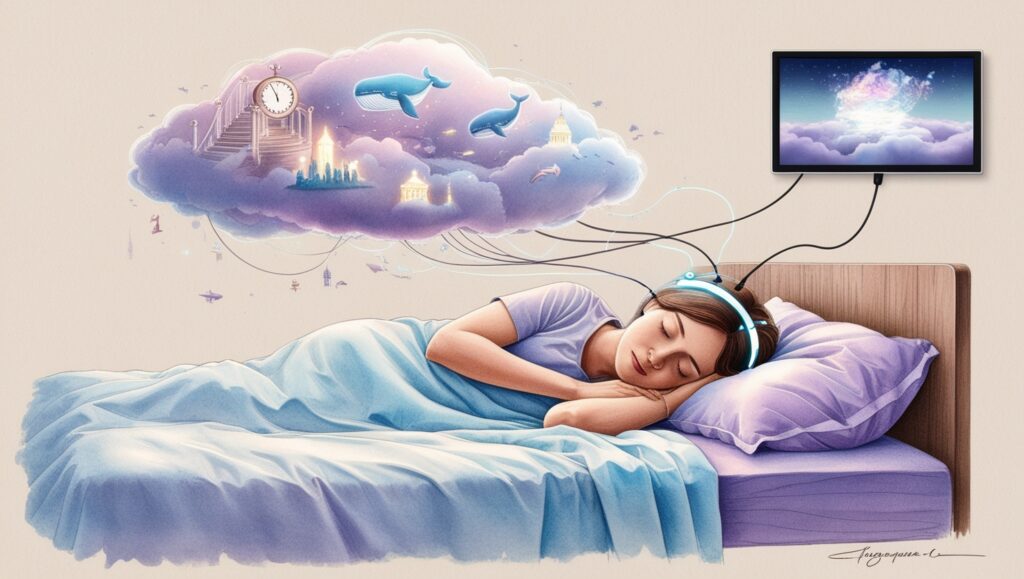
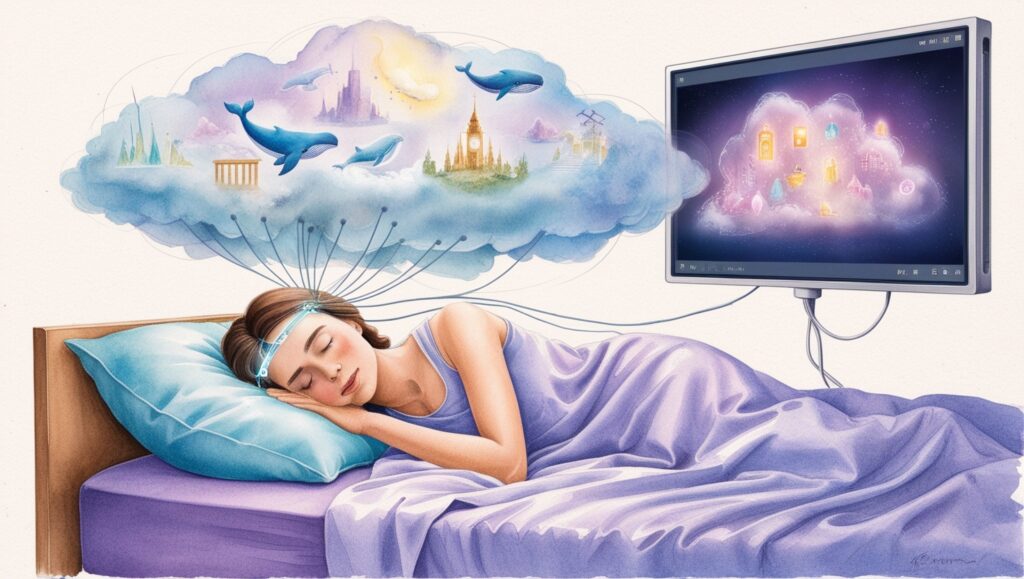
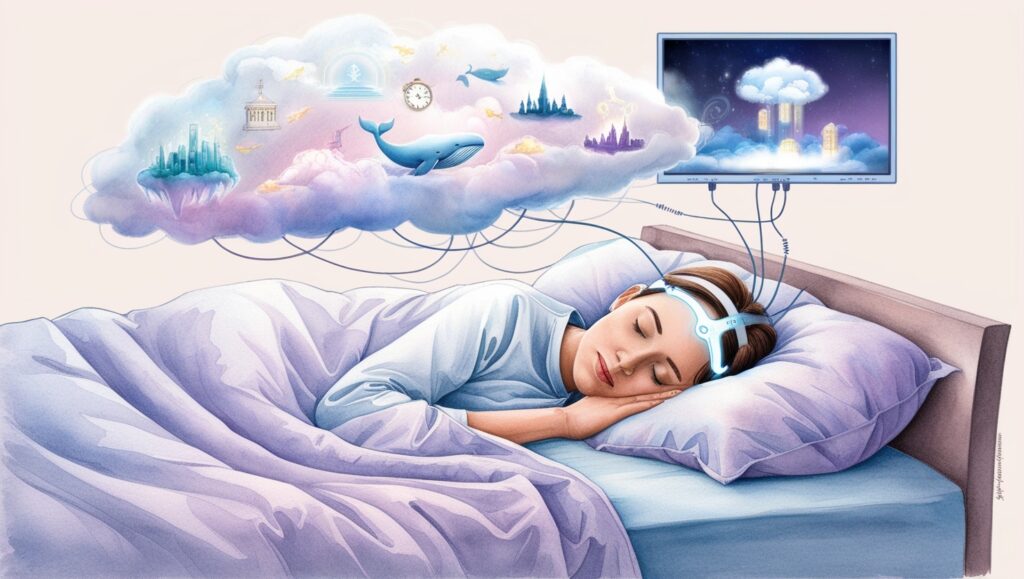
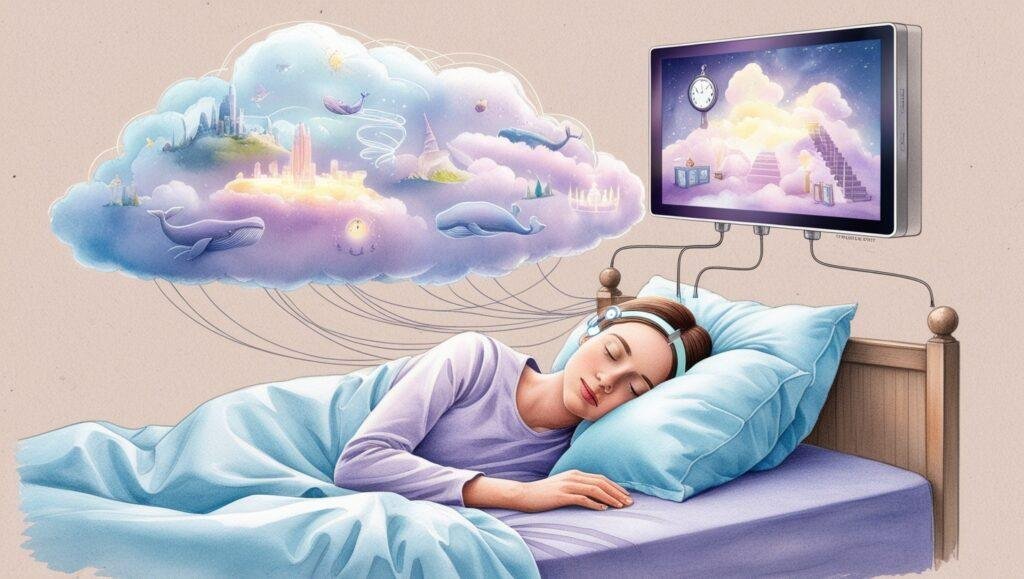
Could This Change Mental Health Treatment?
Yes, massively. Many people struggle with anxiety, recurring nightmares, or unresolved trauma. If a therapist could watch a patient’s dream—literally see what they saw—it could unlock new kinds of treatment.
For PTSD, this could be a breakthrough. Dream content might reveal suppressed memories or triggers. And for disorders like schizophrenia, dream recording might help distinguish between internal reality and the outside world.
The downside? Privacy. Dreams are the last true sanctuary of the mind. Opening them up might help—but it also exposes your most intimate self.
Could We Sell or Share Our Dreams?
We already share everything else—photos, thoughts, voice notes. Why not dreams?
You might upload last night’s dream to YouTube. Or sell “lucid dream adventures” as entertainment. Maybe you could license dreamscapes to filmmakers or game developers.
It sounds weird now, but so did YouTubing your lunch 20 years ago.
Key Points You Should Know
- Dream decoding technology is in its early stages but very real
- Neural patterns can already be linked to visuals using AI
- Dream recording could revolutionize psychology and art
- The biggest risk is privacy—your subconscious could become public
- Dreams might become the next form of digital content
Explaining Each Point
1. Early progress is promising
Studies from UC Berkeley, Kyoto University, and more have shown we can track visual data from the brain.
2. AI is the key
We don’t “see” the dream—we decode it through machine learning models trained on visual patterns.
3. Mental health game-changer
Imagine replaying dreams during therapy sessions and breaking down what they mean—together.
4. Privacy isn’t optional
What happens when law enforcement, advertisers, or hackers get access to dream files?
5. Dreams could become art
Surreal films. Emotion-based storyboards. Music videos inspired by actual dream logic.
What We Think
We’re on the edge of something amazing—and dangerous. Dream recording is one of those ideas that can either free us or trap us.
Handled responsibly, it could change how we heal, create, and understand ourselves. But rushed into mainstream tech? It could turn your innermost thoughts into entertainment, surveillance, or worse.
Still, the dreamer in us hopes we figure it out—because seeing your subconscious on screen might be the most honest story you’ve ever told.
🔗 Related Articles from EdgyThoughts.com
- What If We Uploaded Our Mind Into Light?
https://edgythoughts.com/what-if-we-uploaded-our-mind-into-light/
🌐 External Resource
Explore more on the science of dreaming:
Wikipedia – Dream Recording
